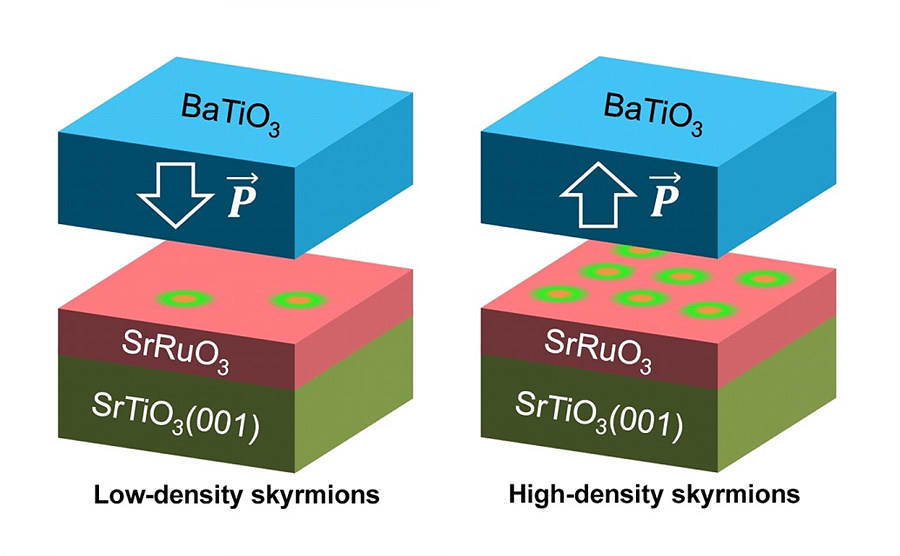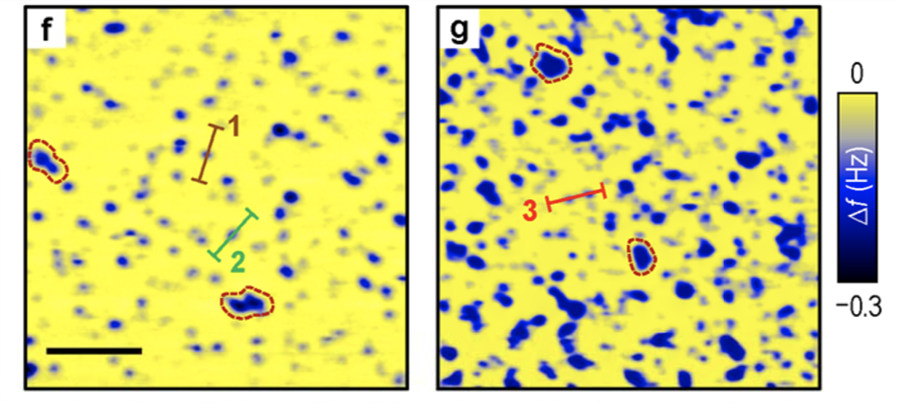주메뉴
- About IBS 연구원소개
-
Research Centers
연구단소개
- Research Outcomes
- Mathematics
- Physics
- Center for Theoretical Physics of the Universe(Particle Theory and Cosmology Group)
- Center for Theoretical Physics of the Universe(Cosmology, Gravity and Astroparticle Physics Group)
- Center for Exotic Nuclear Studies
- Center for Artificial Low Dimensional Electronic Systems
- Center for Underground Physics
- Center for Axion and Precision Physics Research
- Center for Theoretical Physics of Complex Systems
- Center for Quantum Nanoscience
- Center for Van der Waals Quantum Solids
- Chemistry
- Life Sciences
- Earth Science
- Interdisciplinary
- Institutes
- Korea Virus Research Institute
- News Center 뉴스 센터
- Career 인재초빙
- Living in Korea IBS School-UST
- IBS School 윤리경영


주메뉴
- About IBS
-
Research Centers
- Research Outcomes
- Mathematics
- Physics
- Center for Theoretical Physics of the Universe(Particle Theory and Cosmology Group)
- Center for Theoretical Physics of the Universe(Cosmology, Gravity and Astroparticle Physics Group)
- Center for Exotic Nuclear Studies
- Center for Artificial Low Dimensional Electronic Systems
- Center for Underground Physics
- Center for Axion and Precision Physics Research
- Center for Theoretical Physics of Complex Systems
- Center for Quantum Nanoscience
- Center for Van der Waals Quantum Solids
- Chemistry
- Life Sciences
- Earth Science
- Interdisciplinary
- Institutes
- Korea Virus Research Institute
- News Center
- Career
- Living in Korea
- IBS School
News Center
When Electric Fields Make Spins Swirl- First example of ferroelectrically tunable skyrmions brings new hope for next-generation magnetic memory devices - We are reaching the limits of silicon capabilities in terms of data storage density and speed of memory devices. One of the potential next-generation data storage elements is the magnetic skyrmion. A team at the Center for Correlated Electron Systems, within the Institute for Basic Science (IBS, South Korea), in collaboration with the University of Science and Technology of China, have reported the discovery of small and ferroelectrically tunable skyrmions. Published in Nature Materials, this work introduces new compelling advantages that bring skyrmion research a step closer to application. It is envisioned that storing memory on skyrmions - stable magnetic perturbations of whirling spins (magnetic moments) - would be faster to read and write, consume less energy, and generate less heat than the currently used magnetic tunnel junctions. In future memory and logic devices, 1 and 0 bits would correspond to the existence and non-existence of a magnetic skyrmion, respectively. Although numerous skyrmion systems have been discovered in laboratories, it is still very challenging to produce controllable, nanometer-sized skyrmions for our technology needs.
In this study, the researchers found out that skyrmions with a diameter smaller than 100 nanometers spontaneously form in ultrathin material, consisting of a layer of barium titanate (BaTiO3) and a layer of strontium ruthenate (SrRuO3). Below 160 Kelvin (-113 Celsius), SrRuO3 is ferromagnetic, meaning that its spins are aligned uniformly in a parallel fashion. When the two layers are overlaid, however, a special magnetic interaction swirls SrRuO3’s spins, generating magnetic skyrmions. Such peculiar magnetic structure was detected below 80 Kelvin (-193 Celsius) by using magnetic force microscopy and Hall measurements. In addition, by manipulating the ferroelectric polarization of the BaTiO3 layer, the team was able to change the skyrmions’ density and thermodynamic stability. The modulation is non-volatile (it persists when the power is turned off), reversible, and nanoscale.
"Magnetic skyrmions and ferroelectricity are two important research topics in condensed matter physics. They are usually studied separately, but we brought them together," explains Lingfei Wang, first author of the study. "This correlation provides an ideal opportunity to integrate the high tunability of well-established ferroelectric devices with the superior advantages of skyrmions into next-generation memory and logic devices." Letizia Diamante Notes for editors - References - Media Contact - About the Institute for Basic Science (IBS) |
|||
Center for Correlated Electron SystemsPublication Repository |
|||
|
|
| Next | |
|---|---|
| before |
- Content Manager
- Public Relations Team : Suh, William Insang 042-878-8137
- Last Update 2023-11-28 14:20















